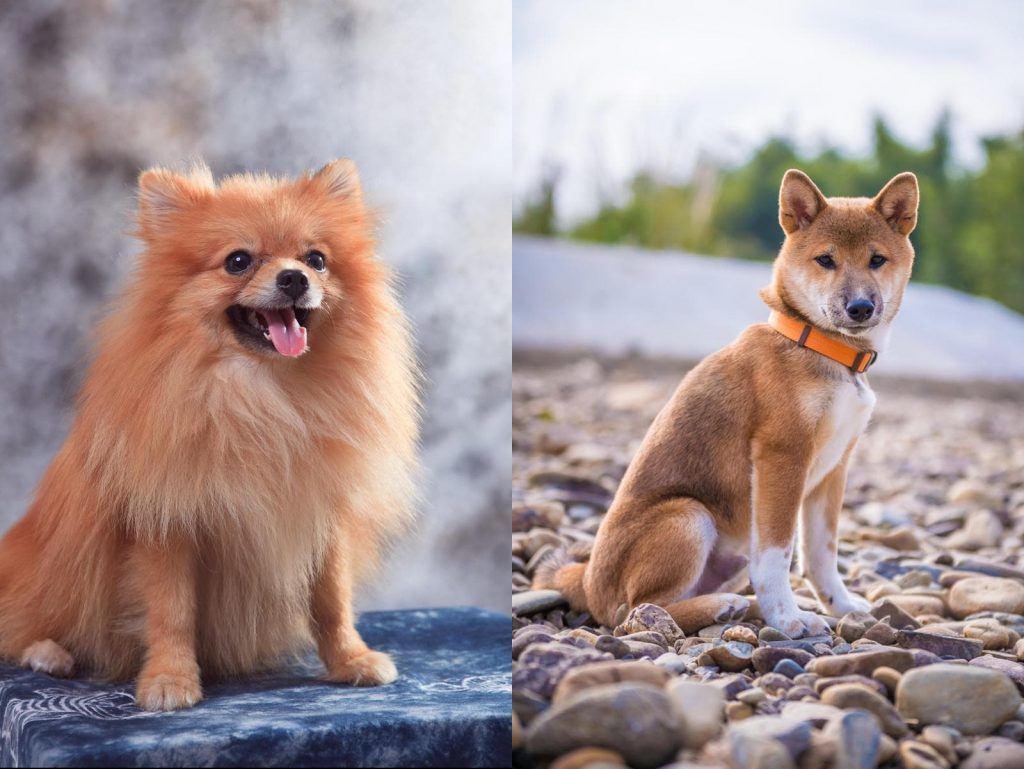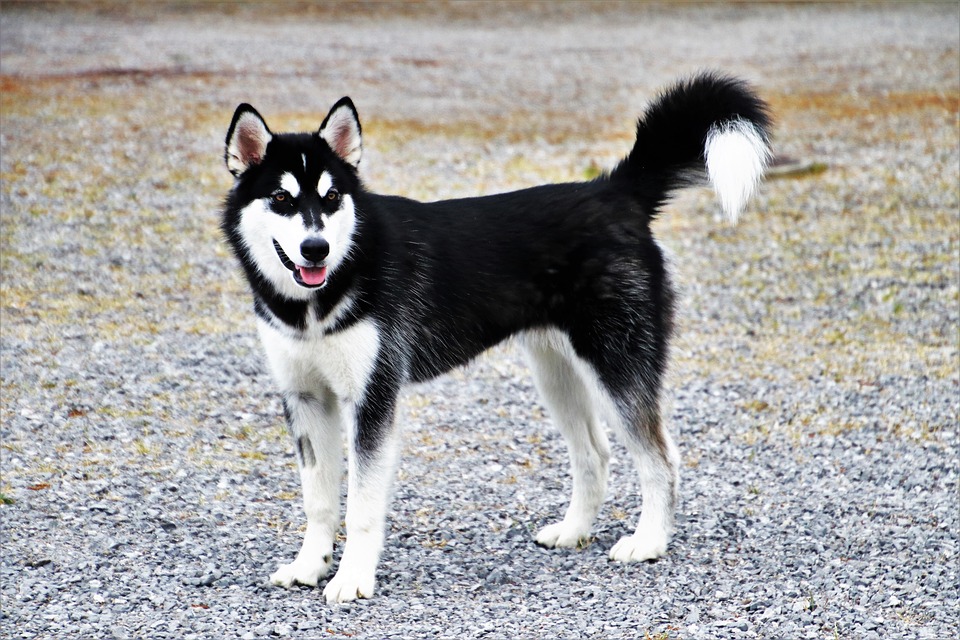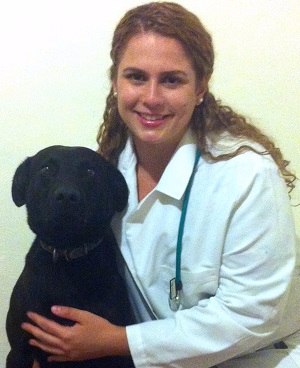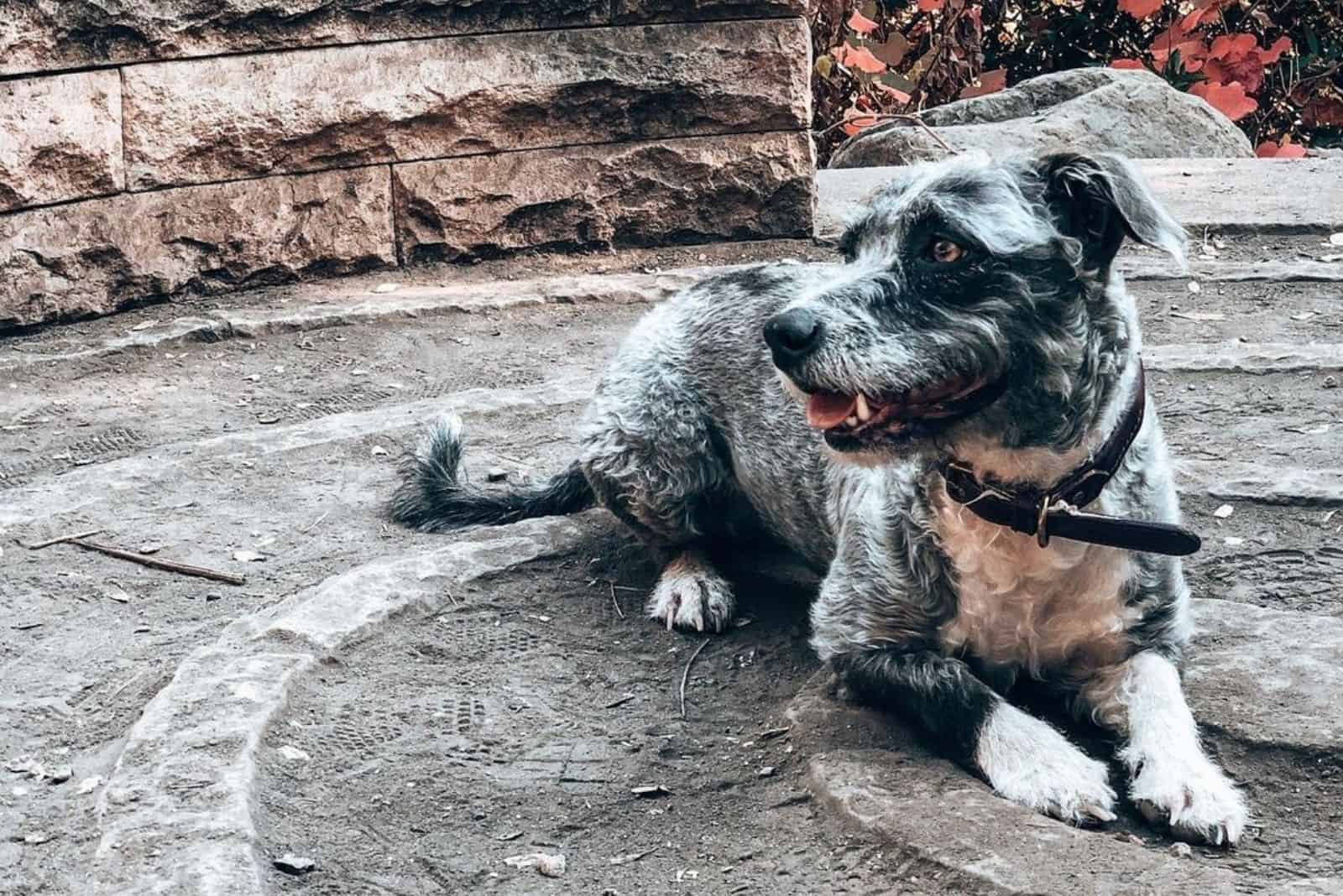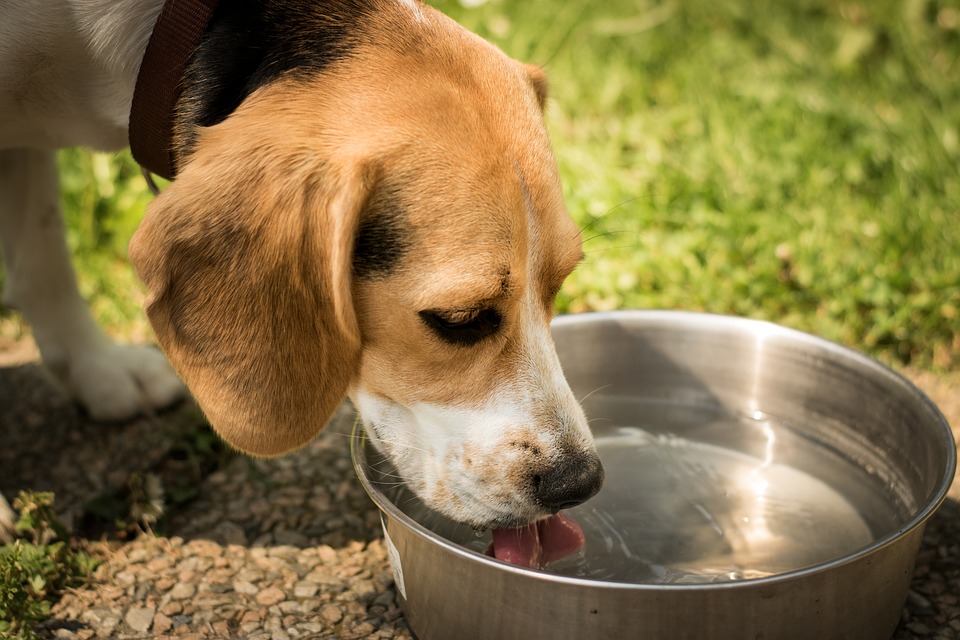Is My Dog Too Old for Teeth Cleaning? Complete Guide
How Many Dogs Die From Tooth Cleaning? (Safe And Painless At Home)
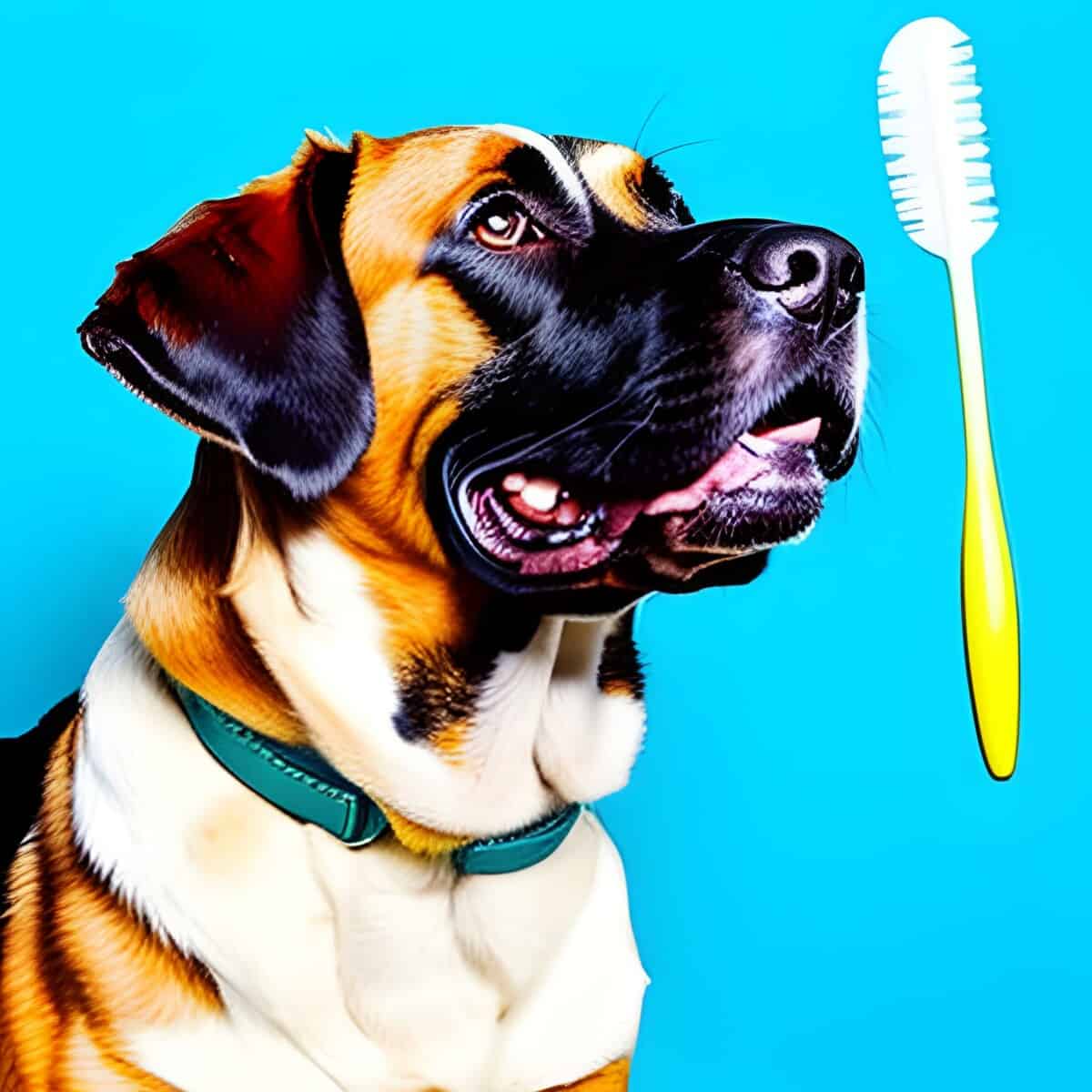
We followed suit and inquired of 20 other peer veterinarians about the dangers of anesthesia for elderly dogs. Although there are certain hazards associated with the procedure, all of them felt that the risk of doing nothing was greater.
In a research conducted by Banfield Pet Hospital, dental cleanings were done on 13% of dogs between the ages of 9 and 12 and 24% of dogs older than 13.
Teeth cleaning is an essential component of senior dog care, not just a cosmetic operation.
Dogs of all ages need to have good dental health, yet about 80% of dogs older than three have gum and tooth disease.
Age isn’t a barrier in and of itself, despite some owners’ concerns over anesthetic during tooth cleaning. The wellbeing of your dog and averting major medical problems are what count.
We will discuss the benefits and drawbacks, different teeth cleaning options, potential hazards, and costs in this guide so that you and your veterinarian can make well-informed decisions.
It’s likely that you’ve heard about the drawbacks of giving your dog anesthetic to clean their teeth, and as responsible dog owners, we recognize that you probably worry about your dog’s safety.
Although it’s believed that only 1 in 2000 dogs pass away while under anesthesia for dental cleaning each year. Is the risk of using anesthetic for such a basic dental treatment worth it?
Veterinarians typically use anesthesia because it renders the dog immobile, which facilitates a thorough dental cleaning.
Here, we address common queries about dog teeth cleaning and offer advice on how to keep your furry friend safe while having their teeth cleaned.
Table of Contents
Risks Associated With Dog Tooth Cleaning
Because dental cleaning involves anesthetic, there are dangers involved, just like with many other operations. There’s always a chance of organ failure and possibly even death, particularly if your dog has a medical condition.
For this reason, we suggest that you bring your dog in for a physical examination prior to any procedures so the veterinarian may do the required examination and obtain dental X-rays before your dog goes under.
Even with a medical condition, a dog can still receive dental care. Only the anesthetic would need to be adjusted, therefore to be sure your dog receives the best dental care, you need to take them to a board-certified veterinarian who works in a team.
This practice is still the best way to clean your dog’s teeth, despite the risks involved. Furthermore, the likelihood of your dog passing away is smaller than you may think.
Considering the risk of dental disease for dogs that do not receive dental cleanings, the average number of healthy dogs that pass away while under general anesthesia is 1 in 2000, which is a rather safe ratio.
Options Rather Than Anesthesia for Cleaning Your Dog’s Teeth
This part has been carefully chosen to ease your fears if you’re worried that your dog won’t survive the anesthesia process.
The expense of the anesthesia process is another cause to think about the alternatives to this segment in addition to the potential risk of mortality.
The cost of the treatment may vary depending on a number of variables, including the severity of your dog’s dental condition and the disparities in locales. Pet insurance rarely pays for routine cleanings, let alone the operation.
Discounts also only make a small difference because a significant amount of money is still due even after the percentage is deducted.
Dog dental care typically costs between $500 and $1,000, and this amount does not account for the cost of other services like dental radiography, which will raise the total cost by about $200.
These options entail taking good care of your dog’s dental health at home to prevent germs and tartar formation.
Let’s investigate these economical and risk-free options.
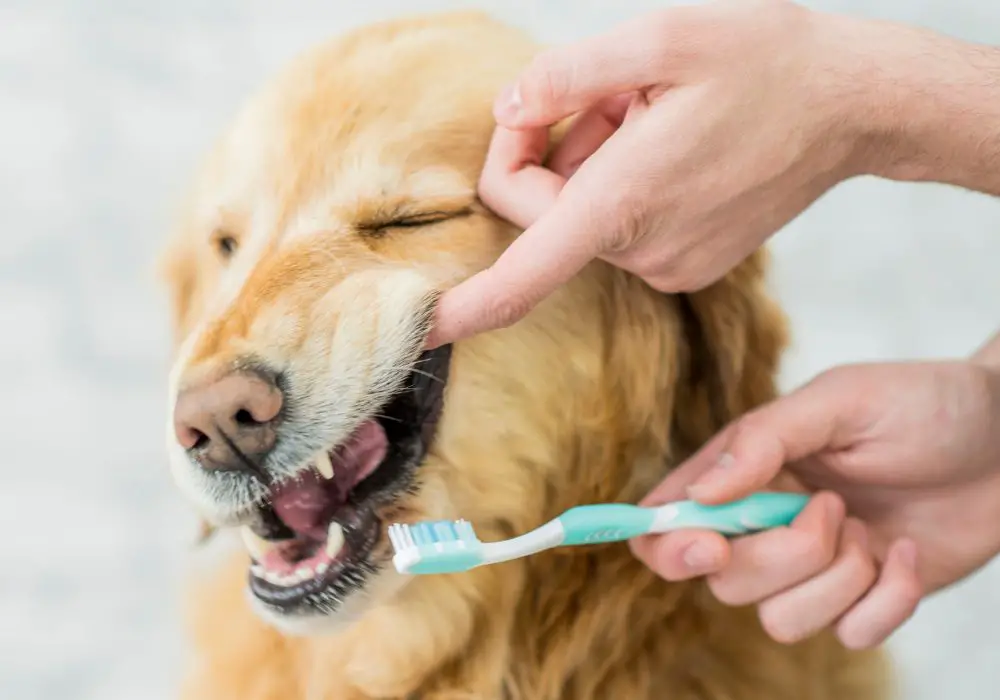
1. Daily brushing
This substitute works pretty much the same as how you brush your teeth every day. Using this approach will help you avoid periodontal disease.
A dog toothbrush that fits your dog’s mouth should have a small head. For your dog’s comfort, make sure the bristles are also soft.
After obtaining the toothbrush, you can gently brush your dog’s teeth, paying particular attention to the areas where tartar formation is most likely to occur, using toothpaste designed for dogs.
2. Using your fingers to brush
An alternative to toothbrushing is finger brushing, particularly if your dog finds brushes uncomfortable. You can clean your dog’s teeth with finger brushes, which are slick, rubbery brushes that you wear on your finger. Once you have one, pick a toothpaste that is safe for pets to use to make brushing easier.
3. Additives to Water
Using additives to manage your dog’s dental regimen is simpler. While brushing and other procedures are still necessary, this anesthesia-free approach provides a quick and efficient way to prevent periodontal infections.
This is accomplished by means of the active components in the water additives, which aid in the removal of bacteria and promote a healthier mouth in dogs.
4. Dental Candies and Biscuits
Treating your dog is an excellent technique to get them to brush their teeth, did you know that? Giving dogs nourishing chews allows them to have a balanced treat and a means of cleaning their teeth throughout the chewing process.
To assist your dog pick their teeth more and clean them in the process, you might also think about getting them chew toys.
Signs that Show Your Dog Needs Tooth Cleaning
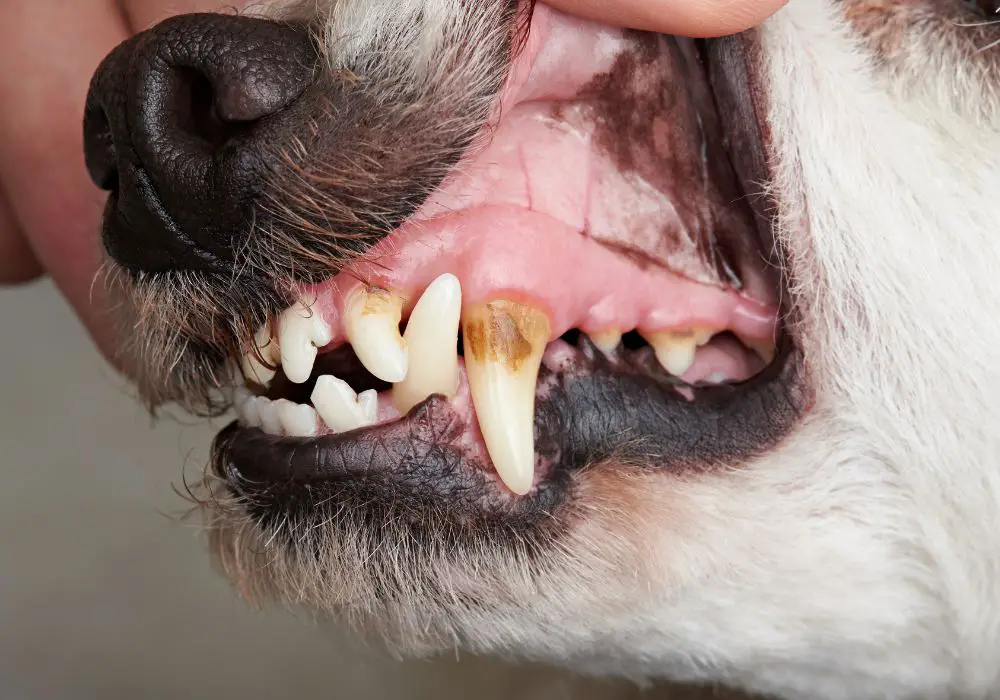
The following are indications that your dog requires dental cleaning: foul breath, obvious plaque buildup, bleeding gums, loose teeth, and trouble chewing.
Bad breath is the most typical indicator that your dog needs to have their teeth cleaned.
Bad breath is one of the first indications of dental disease, which affects over 80% of dogs over the age of three, according to studies.
This is because bacteria create sulfur compounds, which give off an unpleasant smell.
Another telltale sign that your dog requires dental cleaning is visible plaque buildup. If treatment is not received, the sticky layer of food particles and bacteria known as plaque can harden into tartar.
In addition to being unattractive, tartar buildup can result in gum disease, which can result in tooth loss.
Gums that are bleeding seem red, swollen, and bleed readily. These signs can point to the early stage of gum disease called gingivitis.
Gingivitis can develop into periodontitis, a more severe form of gum disease that can lead to tooth loss, if treatment is not received.
It’s time for a dental examination if you see any loose teeth in your dog’s mouth. Your dog may experience severe discomfort when eating or playing if they have loose teeth, which may also be an indication of advanced gum disease or other dental issues.
It could be a sign of dental pain or discomfort if your dog is having trouble chewing or won’t eat hard food.
Gum disease, infections, and tooth decay are the possible causes of this. A dental examination can assist in determining the root cause of the issue and guarantee that your dog receives the required care.
Understanding when your dog needs to have their teeth cleaned is essential to preserving their general health and wellbeing. Frequent dental examinations can help guard against dental disease and guarantee that your dog’s teeth and gums stay in good condition for the rest of their lives.
Dental hygiene and age
Dental issues such periodontal disease, oral cancers, fractured teeth, and damaged teeth are more common in older canines.
mouth cancers are more common in older dogs and can be hard to find without anesthesia-induced mouth examination.
Squamous cell carcinomas, fibrosarcomas, and melanomas are common malignant oral tumors in dogs.
Comprehensive dentistry, which includes an oral examination under anesthesia, can assist in the early detection of malignant cancers and enable biopsies to be done concurrently with the treatment.
Your senior dog may have a longer and healthier life if you provide regular tooth cleanings to help prevent and treat these problems.
In addition to treating any underlying dental problems, professional dental cleaning includes polishing the teeth to stop further accumulation of plaque and tartar.
When senior dogs’ dental needs are neglected, there might be major health problems.
Life-threatening infections can be brought on by oral disease-related bacteria that spread to other organs. Actually, research indicates that dogs with severe periodontal disease are more likely to experience other health problems, such as heart disease and other systemic ailments.
Factors That Determine the Cost of a Dog’s Tooth Cleaning
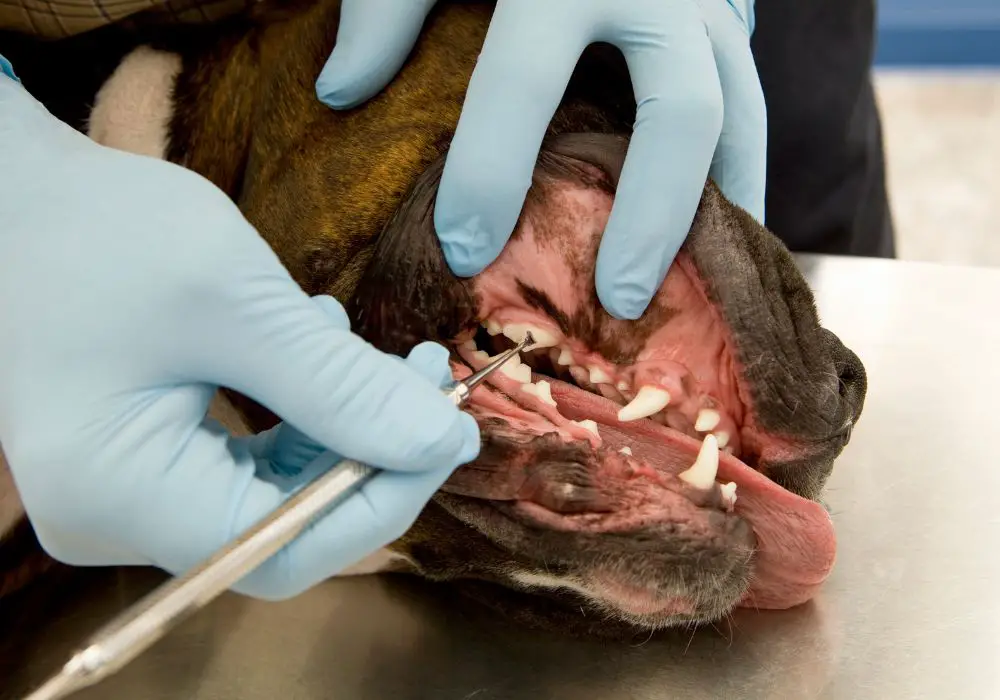
Without a doubt, the anesthetic cleaning technique is more costly than standard teeth cleaning. The cost of an anesthetic cleaning is between $500 and $1,000, whereas a cleaning without anesthesia is between $100 and $300.
The different elements that affect these prices’ variations are covered in this section.
1. Place/Location
The cost of tooth cleaning services for your dog will vary depending on where your veterinary practice is located. For example, the location of your veterinarian’s office in an area where services are more expensive will have an impact on the overall cost of your surgery.
2. Blood Work
A dog cleaning procedure is not always direct. Most times, it requires a series of blood work and physical examinations before the major procedure and these factors will affect the price of the procedure.
Some vets may choose to charge you separately for the pre-work job but most of the time, vets prefer to charge you at once so this will definitely affect your final bill at the end of a procedure.
3. Potential Removal of Teeth
This is frequently the cause of an unexpected increase in a dog’s dental cleaning cost. It is more prevalent in dogs whose owners neglected to brush their pet’s teeth and put off visiting the veterinarian until their dog developed tooth decay or a periodontal condition like gingivitis.
If your veterinarian determines during the operation that a tooth is not worth keeping, the cleaning procedure will turn into an extraction, and the cost of the extraction will undoubtedly affect the cost of the cleaning procedure.
4. Follow-up
Dogs vary in how they react to treatment; some heal quickly, while others take longer. Therefore, dogs who heal more quickly won’t have a significant increase in their dental cleaning costs, while other dogs may need more time to heal.
This will increase the owner’s dental bill because your dog will require ongoing care until they recover sufficiently.
5. Potential Boarding
You might have to spend more to keep your dog in the clinic after the dog cleaning, depending on how your dog handles the process. This will enable the veterinary team to keep an eye on your dog’s recuperation and respond quickly to any emergency.
Summary
Dogs need to have their oral hygiene taken care of because they are always susceptible to periodontal disorders. You should be aware that the anesthesia method is still the most effective way to clean teeth.
This is due to the fact that only the anesthetic technique makes it possible to thoroughly clean your dog’s teeth since it provides your dog with enough stability to allow the veterinarian to reach the gum line and other areas of the tooth.
